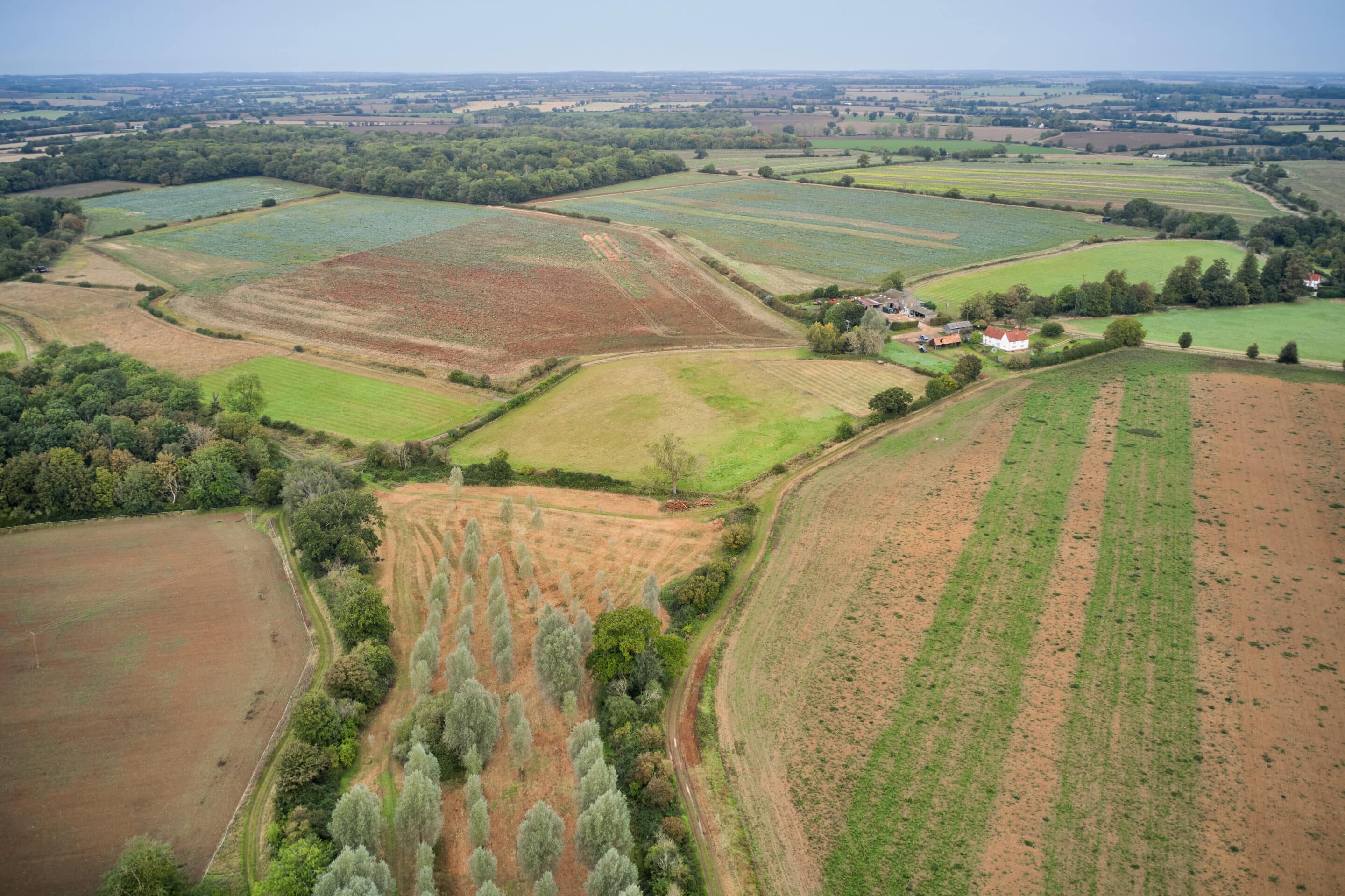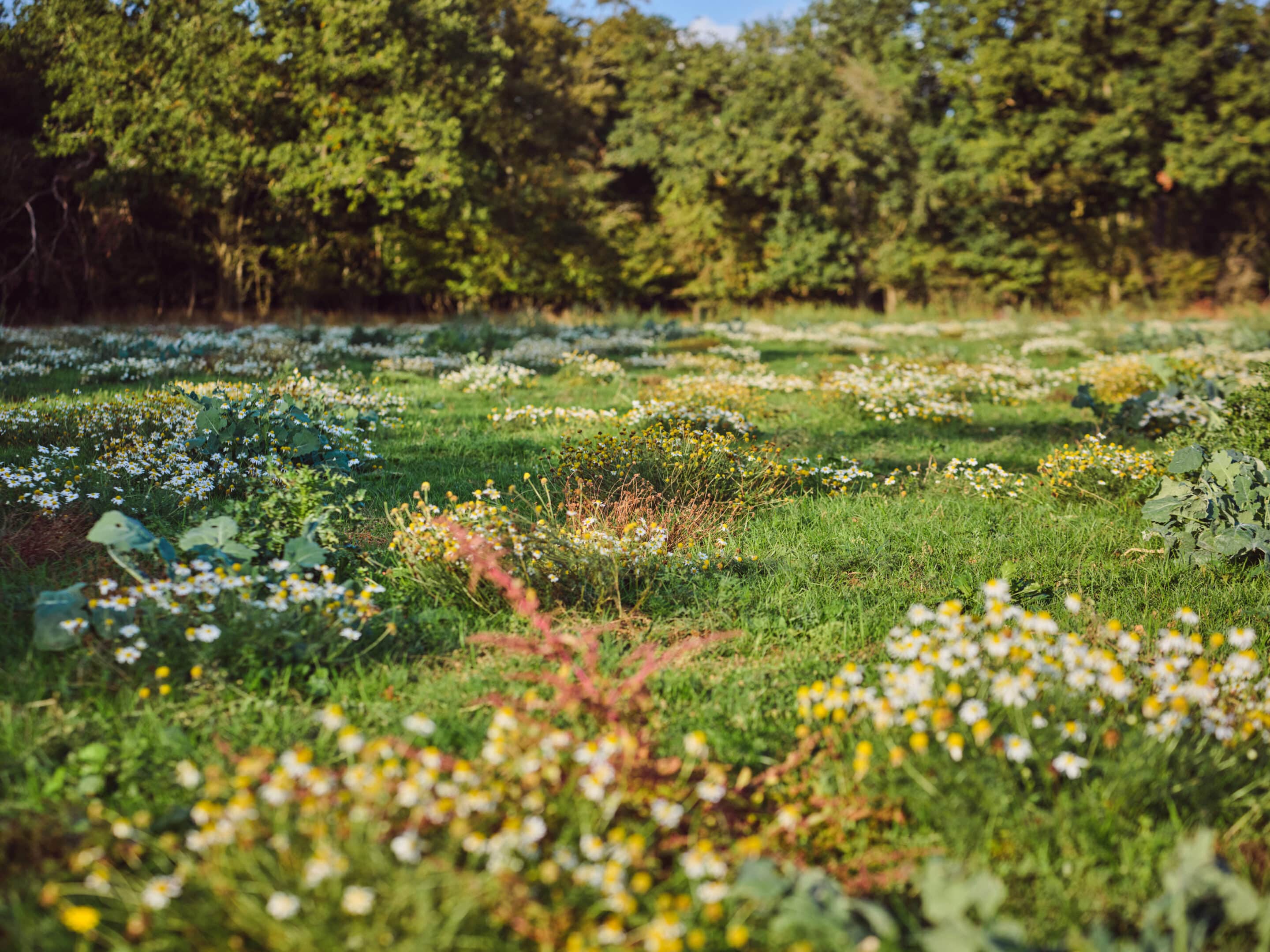Project Summary
Spains Hall Estate is a 2,000-acre estate in Essex which has been integrating environmental land management under its current Estate Manager, Archie Ruggles-Brise. In 2022 the Estate embarked on a 50+ year habitat creation programme and has been generating Biodiversity Net Gain (BNG) units for sale to local developers. The Estate plans to generate over 500 BNG units over 100 hectares.
The Estate was part of Natural England’s Biodiversity Net Gain pilot, which gave access to funding and project support including an ecologist to help develop a farm management plan and an external valuer to help with financial planning. The Estate is implementing a variety of interventions to create a diversity of habitat types including ponds, orchards, grasslands and wetlands.
Acknowledgements
With many thanks for his time and insight:
Archie Ruggles-Brise, Estate Manager
Date Published: 19/11/2023
What was Spains Hall Estate’s overarching vision for the land and why did they decide to engage in nature markets?
Archie Ruggles-Brise, Spains Hall Estate’s Manager and 11th generation landowner knew he wanted to achieve long-term financial and environmental resilience on the estate. Looking at the land through the lens of natural capital allowed Ruggles-Brise to identify material risks to the estate and wider landscape, such as soil erosion and lack of habitat connectivity. Ruggles-Brise wanted any natural capital project designed to attract private sector finance, to generate co-benefits for the wider farming business, and did not want to take productive land completely out of agricultural production, though he is also changing the farming system alongside BNG.
Through setting out his vision for the estate, Ruggles-Brise identified some potential interventions he wanted to pursue, such as implementing agroforestry on arable fields and planting and restoring hedges. He then needed to determine where these interventions would be best placed by assessing the condition of the estate’s existing natural capital and ecosystem services.
How did Spains Hall assess what land opportunities would be possible?
Spains Hall Estate worked with Atkins using Environment Agency funding to conduct initial assessments of the estate’s natural capital through soil risk assessments and hydrological modelling. Atkins used open-source data to conduct this initial analysis ahead of the more robust baseline measurement conducted with by ecologist.
The initial assessments were then run through a scenario analysis that was based on the environmental outcomes that the estate wanted to deliver, and modelled to identify what the quantity of change was likely to be. In order to determine which interventions would be best to pursue, the estate conducted an initial review of the market to see which interventions would be best placed to attract private buyers. The estate took part in Natural England’s Biodiversity Net Gain pilot programme, which gave them access to an ecologist to conduct further, ground-truthed baselining and develop a land management plan. (Read more about Spains Hall Estate’s approach to baselining in its Milestone 3 case study).
Why did Spains Hall Estate pursue Biodiversity Net Gain?
For Spains Hall Estate, the choice to pursue BNG was due to a variety of factors. Ruggles-Brise saw habitat improvements as having the potential to deliver broader beneficial impacts on the estate. For instance, recreating wetlands in the right place can support the hydrology of other parts of the farm. With increasing drought events expected in the coming decades, this was viewed as a way to improve the estate’s resilience to climate change.
BNG was also seen as particularly useful for using less pieces of land. Ruggles-Brise wanted natural capital projects to work alongside the farming business, rather than against it. Most of the BNG interventions being considered could be managed through agricultural practices such as grazing, thus keeping them in low level agricultural production and reducing the risk of negative tax implications. The potential income opportunities from BNG were also a key motivator. In the initial assessment, 500 acres were identified as having the potential to generate BNG credits and the prices being mentioned through engagement with the BNG pilot made the projects seem financially viable and worth pursuing.
Image by William Joshua Templeton


